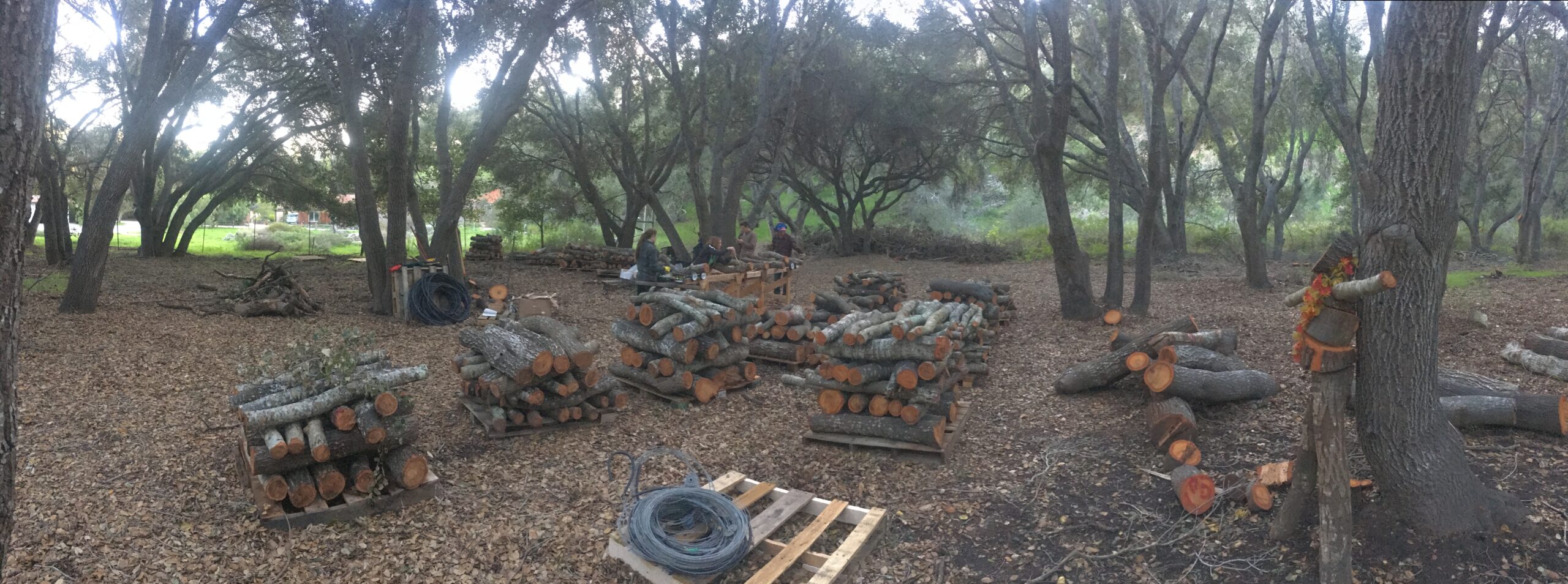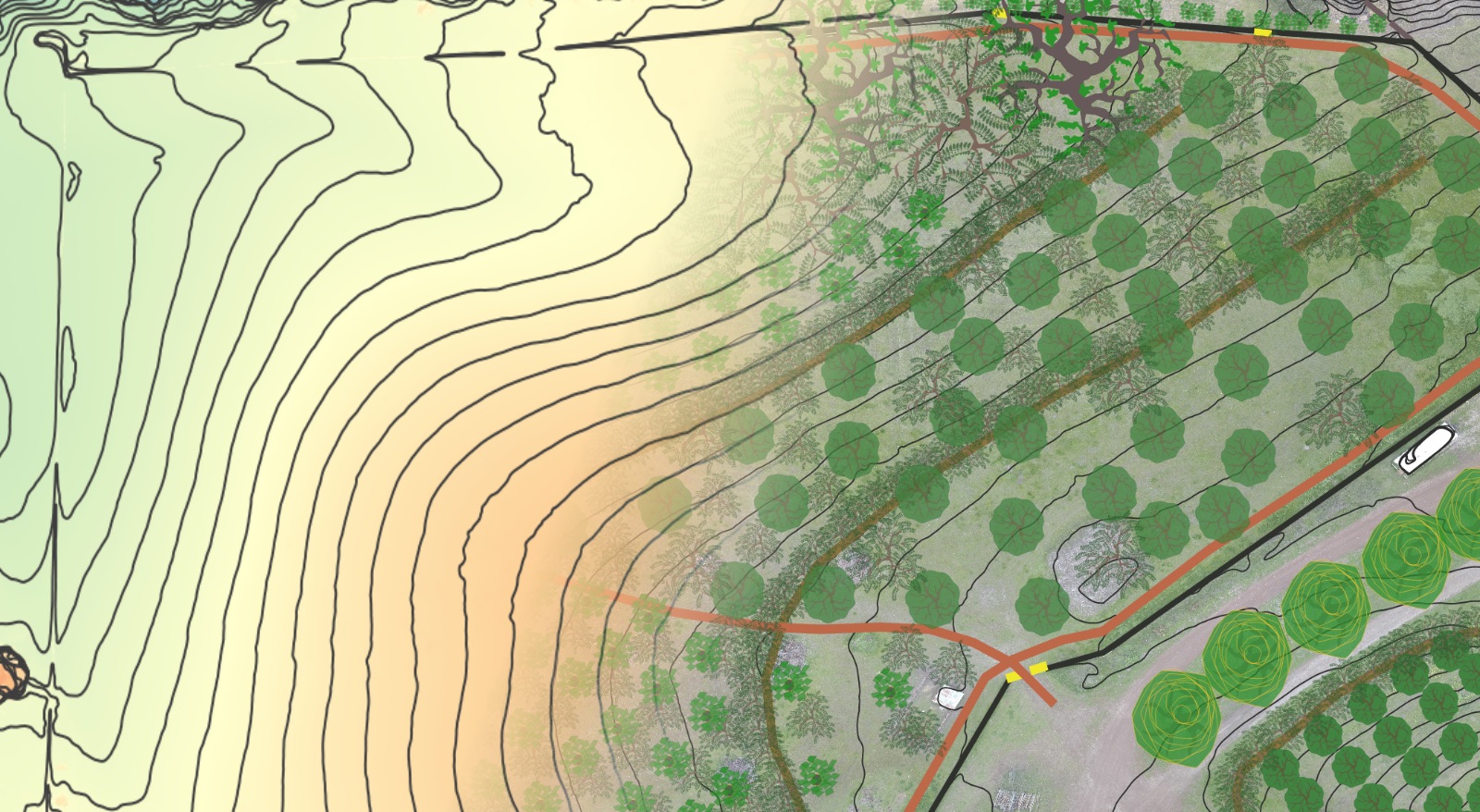Your cart is currently empty!
-
A Primer On Hugelkultur
A Primer On Hugelkultur What Is Hugelkultur? Hugelkultur is the technique of burying woody material and mounding it over with earth to create raised garden beds. When And Where Is Hugelkultur Appropriate? Hugelkultur is most appropriate in temperate climates with a pronounced wet season – often regions that are heavily forested – and is a…
-
Growing Mushrooms In The Forest

Log-based Mushroom Culture Preparing Logs Mushrooms can be grown on freshly cut, inoculated logs within a natural woodland setting. Logs are recommended to be cut in late winter to early spring and inoculated shortly thereafter. There are many methods to inoculate logs, some of which work better for different types of culinary or medicinal mushrooms.…
-
Constructed Wetlands Primer For Black & Greywater Treatment
What Are Constructed Wetlands? Constructed wetlands are built to use biology in the purification and clarification of blackwater and greywater effluents generated by human settlement. They are built to mimic the function of actual wetland ecologies, but in a way to prevent premature discharge of effluent waters to the environment. Where Are Constructed Wetlands Appropriate?…
-
Debt, Wealth & Counter-Economics As A Means To Create A World Worth Inheriting ~Epi-073
How do we create a regenerative economy and all that entails when that work is arbitrarily outlawed, suppressed or actively disincentivized by the value systems that dominate our current culture? HINT: We have to step outside of the current imposed power structure – no permission required. My presupposition for this episode is this: Mainstream, state…
-
Primer On Green Septic Systems
What Are Green Septic Systems? Green septic systems utilize aerobic biology to fully digest and break down sewage effluent, utilizing it as a fertilizer to grow valuable herbaceous and woody biomass. What Are The Components Of A Green Septic System? A green septic system utilizes traditional greywater and blackwater collection plumbing, a traditional septic tank…
-
Grow Food, Fodder, Fences And Forts For Cheap With Livestaking ~Epi-072
Today’s episode is a short primer on live staking – what it is, how it works, what its good for, what types of species you can use to do it, and how to harvest, prepare and plant your live stakes. If you have perennially moist soils in need of stabilization, or are able to irrigate…
-
All About Live Staking
What Is Live Staking? Live staking is a tree establishment method by which small-diameter branches or certain tree or shrub species can be pushed, dug or pounded into wet, perennially moist or irrigated soils prior to bud break, where they will strike root and become an entirely new tree or shrub. How Does Live Staking…
-
The 4 R’s Of Regenerative Hydrology
Abundant water for ourselves and future generations is achievable. A change in mindset from the dominant water scarcity paradigm to a regenerative water abundance paradigm is required. Following this, we have merely but to apply appropriate techniques to completely and utterly transform our private and shared landscapes. We can do this by designing and implementing…
-
Why We Use Functions-First Design To Create Holistic Ecosystems ~Epi-069
When we design holistic ecosystems, we start with mapping out desired and required functions THEN search for, select and/or design elements/systems that provide those functions in a way that aligns with the site-specific context. This is contrasted with how most people “design” systems – they see an ad or read an article and like the…
-
Off-Grid Soil Fertility For Sovereign Food Systems ~Epi-068
If you are serious about food sovereignty, you’re serious about building soil. In this episode I detail 4 methods for creating your own soil fertility inputs from what you are already growing, can source on your property or very close to home, or are already in the course of putting food on your table. They…

